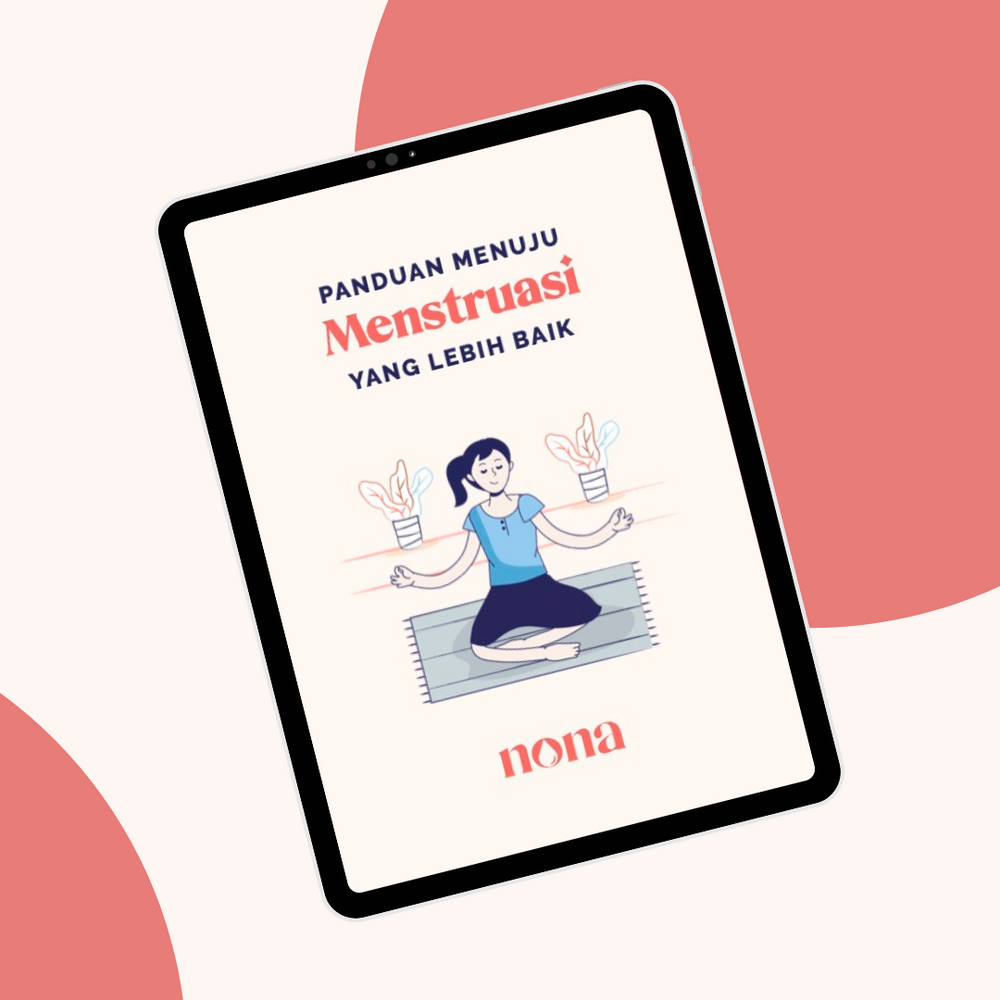Women generally experience menstruation every month. However, every woman has a different menstrual cycle. There are those who experience regular menstrual cycles every 21-35 days, and some cycles are faster or slower than that.
There are 4 menstrual cycles, such as menstrual, follicular, ovulatory, and luteal phases. This article will discuss more deeply about the follicular phase. Especially if you are planning to get pregnant, it is important to know when your follicular phase occurs, and whether the follicular phase that occurs is long or short.
Read more on: Ovulation phase - What to do (Cycle Syncing series pt 2/4)Follicular Phase Cycle (Pre-Ovulation)
The follicular phase, also known as the pre-ovulation phase, is the phase that begins on the first day of menstruation. On the first day of menstruation, follicular stimulating hormones begin to increase.
This phase begins when the hypothalamus sends signals to the pituitary gland. After that, the gland will secrete a chemical called gonadotropin-releasing hormone. This hormone stimulates the pituitary gland to increase levels of the hormones luteinizing hormone (LH) and FSH. FSH itself functions to stimulate the ovaries to produce 5-20 small pouches called follicles.
Within each follicle, there is an immature egg. However, only healthy eggs will eventually mature. Meanwhile, the other egg cells will be reabsorbed by the body.
Follicles with mature eggs will produce a surge in the body's estrogen which can thicken the lining of the uterus. That way, the embryo will have plenty of nutrients to grow.
This follicular phase generally lasts 16 days. However, some have a duration of between 11-27 days, depending on the cycle.
Different Phase Lengths
In part, the length of the follicular phase depends on the amount of time it takes for the follicle to mature. When the follicle takes a long time to mature, this phase will last longer and the menstrual cycle experienced will also be longer.
When the follicular phase is long, it means your body needs more time to ovulate. There are many factors that cause a long follicular phase, such as using birth control pills for a long time. In addition, vitamin D deficiency can also make the follicular phase longer.
Statistically, a long follicular phase is the same as a normal follicular phase. This means that women with a long follicular phase have an equal chance of getting pregnant because having a long follicular phase will not affect your fertility.
Meanwhile, a short or fast follicular phase can affect your chances of getting pregnant. This is because FSH levels are still on the rise, while LH levels are still low. This causes the follicle to mature too quickly, so the egg is not mature enough to be fertilized.
Short follicles can be a sign that your ovaries are aging and getting closer to menopause. This condition usually occurs in the late 30s. Even if you're still having your period, your hormones can still change as long as you're still menstruating. The conclusion is, if the follicular phase is short or fast, then pregnancy will be difficult to occur.
Those are some brief explanations of the follicular phase. For those of you who are planning to get pregnant, you need to pay close attention to your follicular phase so pregnancy planning can be done properly and precisely.
Read more on your menstrual phases:



Leave a comment